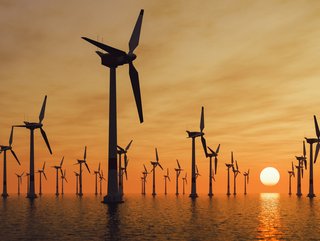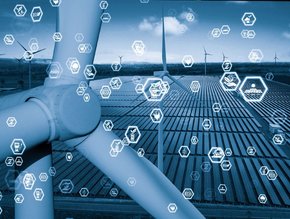SAP: Is 'complex' wind energy supply chain slowing adoption?

The supply chain around wind energy is so complex and heavily regulated that uptake of the clean energy solution is being hampered, says SAP.
“The complexity of what needs to be done is what folks are struggling with,” said Darcy MacClaren, SAP North America senior vice president for digital supply chain and manufacturing. “The supply chain to do this is extremely complicated.”
MacClaren says the issue is that the equipment is complex, with specialised materials required to make the turbine blades. She adds that the logistics of transporting the blades – which can be as long as a football field – is also hugely challenging.
“Then you have to construct something in the middle of the ocean, which requires special ports and harbours.
She adds: “There’s also a lot of uncertainty about the scope of such a supply chain and the development time-frames needed to build these critical resources.”
She also cites the level of investment required, and uncertainty around benefits to local communities and workers. “There are also gaps in existing manufacturing,” she says, adding that “ports and vessels remain uncertain”.
Regulation introducing uncertainty around wind energy
Regulation is another problem, says MacClaren.
“It’s not just regulations from the federal government, but also from myriad local municipalities that have a say,” she says. “This can impede production, which adds risk and impacts the investment needed to bring these projects to fruition.”
She adds: “You’ve got to break down those barriers. You’ve got to get all these organisations working together.”
MacClaren stresses that technology can help, from a design, procurement, supply chain, logistics and manufacturing perspective.
“We can help set up a sustainable, resilient intelligent supply chain with all these involved parties,” MacClaren said. “If we can solve the uncertainty of the regulation issues people are concerned with, then we establish a strong foundation to help create a supply chain for offshore and the wind energy industry.”
MacClaren calls for “a catalyst, an industry proponent” to “blast through obstacles” and to “bring disparate parties together, to get a viable industry off the ground”.
“We need an Elon Musk,” she added, referring to Tesla’s ability to successfully mass produce and sell electric cars. “We need a change agent, and I’m not seeing that.”






